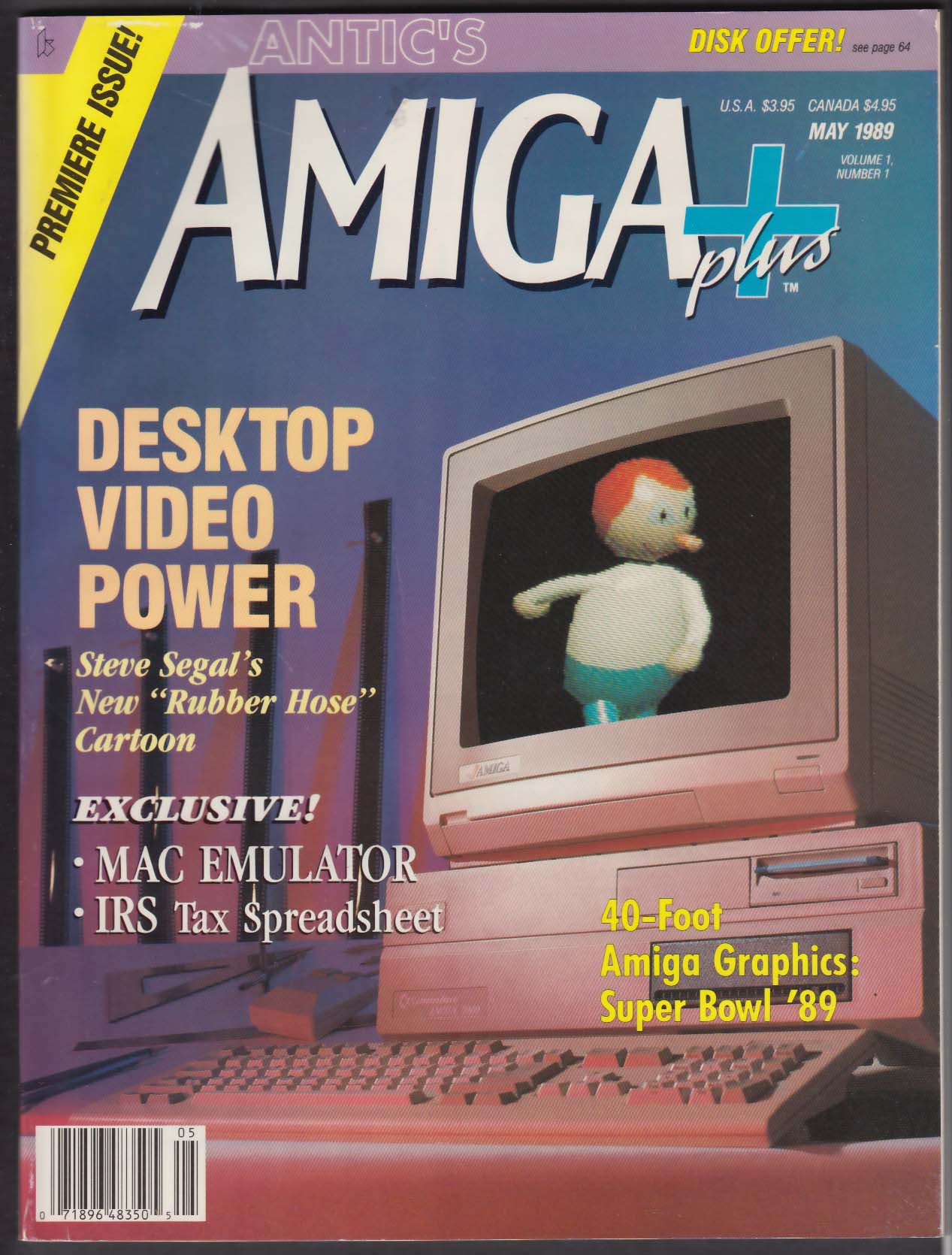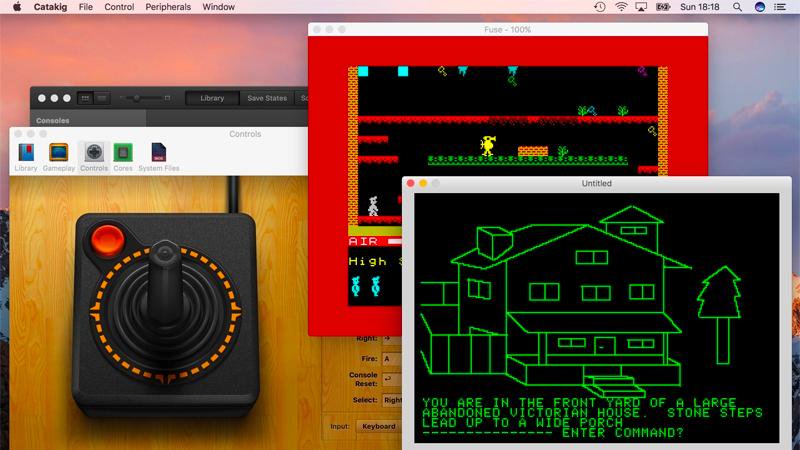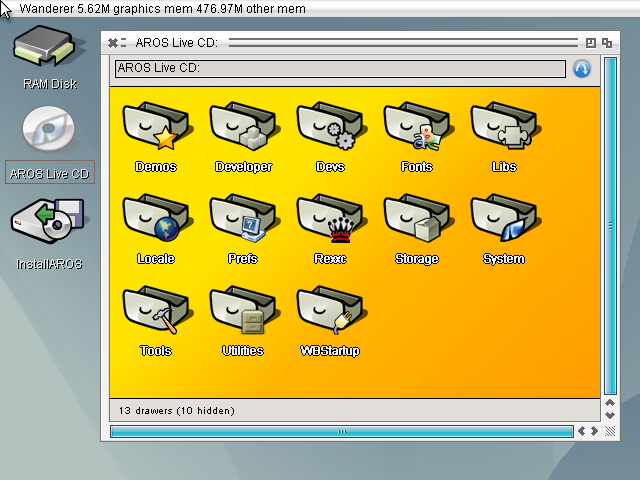

A keyboard, with the Windows key replaced with a more historically accurate Amiga “A” symbol, is also in development. It did come with a USB mouse that proudly sports the iconic Boing Ball. The model I received was a pre-production version, so it did not have a silkscreened Amiga Boing Ball logo on the outside, but I was assured by Aaron Smith of the independent reseller Amiga On The Lake that the final versions would be properly adorned. The motherboard came enclosed in an attractive black tower case, with a power and reset button and two USB ports on the top for easy access. And since the release of Amiga OS 4.0 in 2007, the operating system itself was recompiled to be PowerPC-native, and many Amiga applications have been rewritten to support this architecture. The Amiga has a long history of PowerPC support, starting with add-on accelerator cards released in 1997 using the old Motorola 603 and 604 chips. It is powered by a custom PowerPC motherboard, supporting a dual-core Freescale CPU at various clock speeds up to 2.5GHz. The X5000 was developed by A-EON, a company formed by Trevor Dickinson in 2009 to develop new PowerPC-based Amiga computers. How such a device came to be is a fascinating story, but that's not our goal today-let’s dive into what the experience of using the X5000 is like. Yet this is a fully current machine capable of taking on modern workloads. In some respects, it's more closely related to its predecessors than either modern PCs or Macintoshes. Accordingly, the Amiga X5000 is a curious beast.

So when a brand new Amiga computer arrived at my doorstep in 2017, you can imagine it was quite a surprise. The platform, like many others before it, seemed to be at an end.

But the Amiga’s parent company, Commodore, suffered from terminal mismanagement and folded in 1994, just as PCs and Macintoshes were catching up technologically.
#Amiga emulator mac ppc full
Back when the Macintosh had only a monochrome 9-inch screen, and the PC managed just four colors and monotone beeps, the Amiga boasted a 32-bit graphical operating system in full color with stereo-sampled sound and preemptive multitasking. The Amiga computer was a legend in its time. People still use the Amiga today, and new Viva Amiga documentary shows why.A history of the Amiga, part 10: The downfall of Commodore.The A-EON Amiga X5000: An alternate universe where the Amiga platform never died.A history of the Amiga, part 11: Between an Escom and a Gateway.A history of the Amiga, part 12: Red vs.Having said all that, if by some miracle they can actually get this emulator to run just as well as running it on a native box, and Apple lets them do it well then, that's whole different ball game. I don't know how all that works, but I've got to believe Apple would crush this product like a grape if push comes to shove. But I just can't believe there is enough interest in, say, making sure the web page looks right on the Mac, to suport such a product.Īnother reason is licensing. Admittedly, multi-platform testing is a very legitimate use of an emulator. Kepp in mind, we Mac users typically run VPC because we HAVE to, not because we want to. Additionally, those apps tend to be for users that actually make money with them, therefore they can easily justify the expense of buying a real Mac. But you're not going to want to emulate those things. Yes, there are really compelling products/software these days for the Mac exclusively (Final Cut, iLife series, Motion, Shake, etc.). The other reason this will never go anywhere is that there simply is no demand for this product. Or watch their video card give the emulator's OpenGL fits. To add an emulator on top of that can only mean trouble.įor example, I want to see someone use Toast via the emulator on an uber-cheap CD burner. PC users are still plagued with major headaches for such things. Apple has complete control over such things, so it's fairly easy for them to virtually guarantee compliance and operability. The main reason being that the hardware peripheral support wil be totally out of whack (video cards, media drives, etc.).


 0 kommentar(er)
0 kommentar(er)
